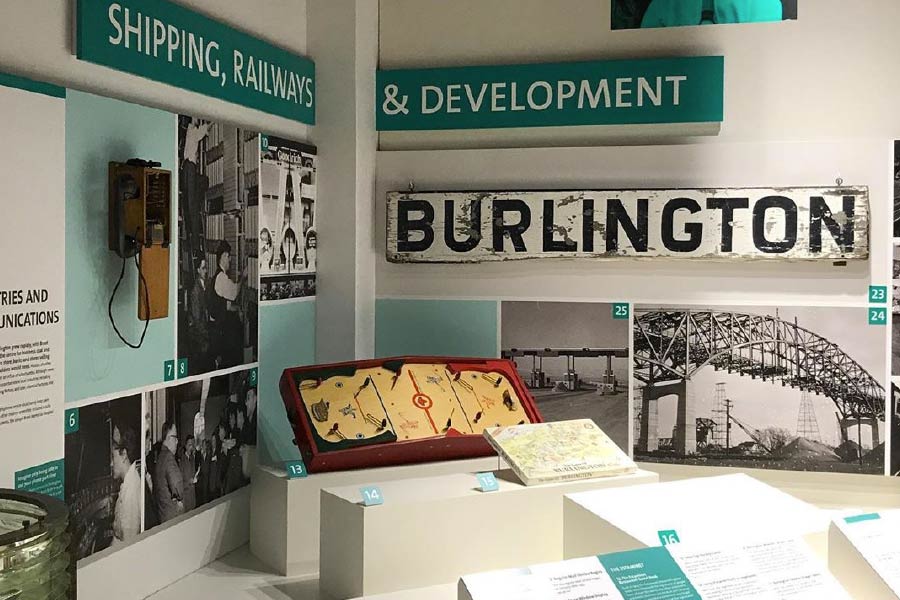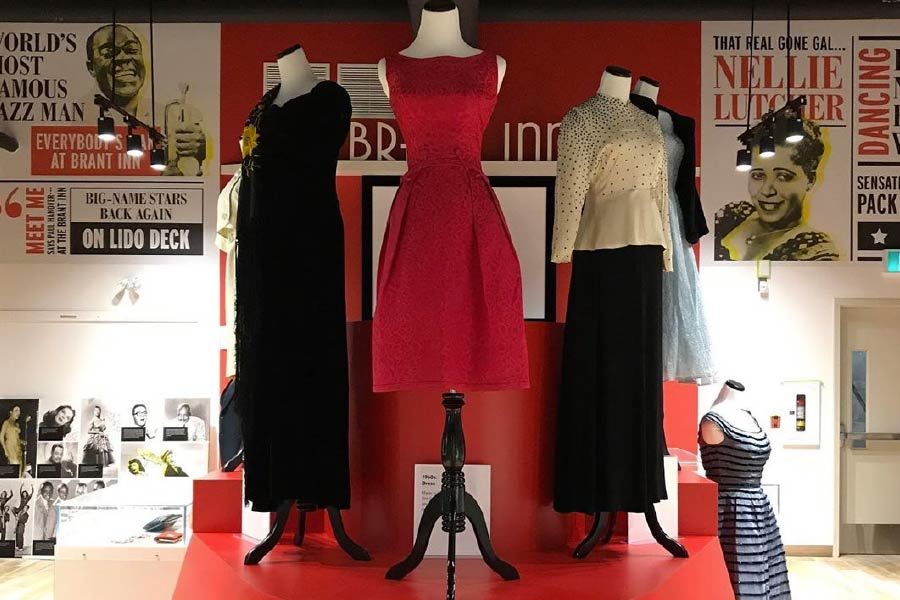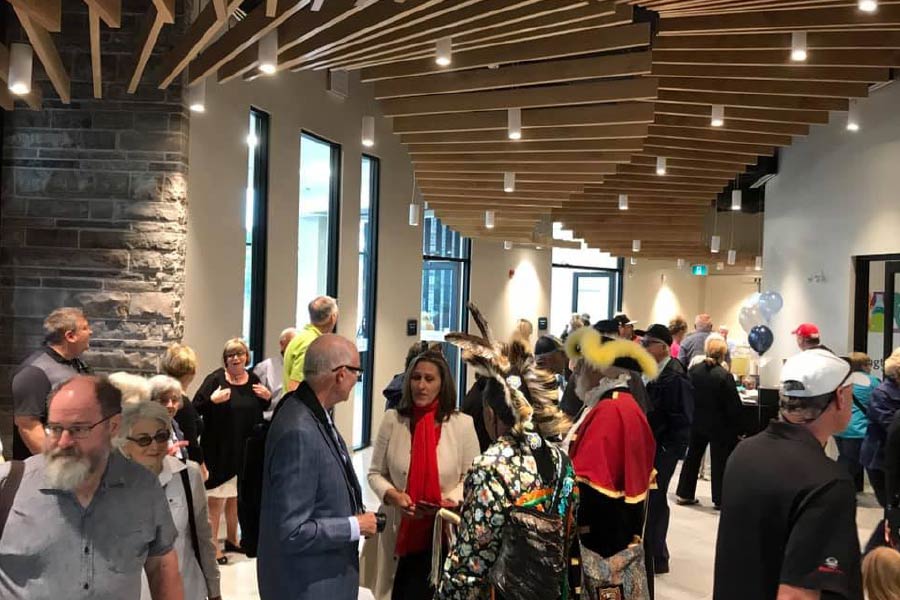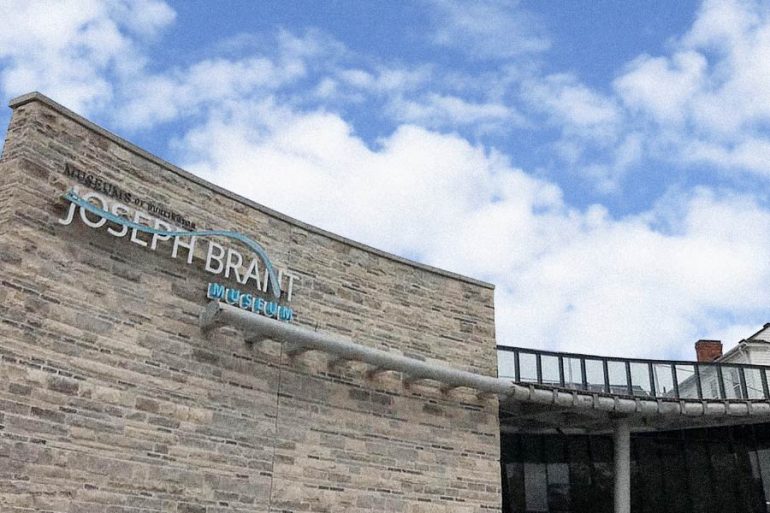It’s impossible to miss the newly reconstructed Joseph Brant Museum that’s perched high on a mound at a major intersection in Downtown Burlington.
The new museum, at the corner of Maple Avenue and North Shore Boulevard East, represents the culmination of almost two years of construction that cost more than $11.4 million.
While the exterior of the white two-storey museum looks much the same, inside it’s a new expanded version of its former self, and includes a modern addition that’s built into the grassy area under the old structure.

It’s little wonder the costs for the reconstruction, which were shared between the City of Burlington, the Federal and Provincial governments, and Joseph Brant Museum Foundation, were so high. The new square footage of the museum is 17,000 square feet, with contractor Aquicon Construction adding more than 12,000 square feet of space.The added space will allow the museum to host national exhibitions and there’s more room for gallery displays and interactive programming. Inside, there are three permanent galleries as well as a programming area for school groups and education programs, plus a collection of more than 25,000 items that includes historical costumes, artifacts, and archival materials, all of which are enjoyed by the 18,000 plus visitors the museum currently
receives a year.
The new museum is completely accessible and includes an elevator to the second-floor roof garden and to the Joseph Brant home.
The history of Joseph Brant and the museum are important parts of Burlington’s history and that’s why the renovation, which has literally heightened the museum’s profile, are so important. Joseph Brant, “Thayendanegea”, was a Mohawk and British army captain who was born in March 1743. His name in the Mohawk language means “two wagers (sticks) bound together for strength” or “he who places two bets.”


According to the Burlington Museums Foundation, Brant fought for the British from the age of 13 and was said to have distinguished himself as a courageous warrior. In 1798, to commemorate Joseph Brant’s loyalty for his services during the Seven Years War and the American Revolution, King George III granted Brant and his followers 3,450 acres at what was then known as the head-of-the-lake (Burlington Bay).
Brant built the Brant Mansion, a two-storey Georgian style home, at the head of Lake Ontario, which was later known as Wellington Square.
When Brant died on November 2, 1807, after a short illness at the age of 64, he was remembered as a leader who had advocated for his people.
Canadian historian, James Paxton, has written that Brant chose not to fight against European colonization as he understood it was inevitably going to happen. Instead, he chose to secure the best future for his people by seeking to accommodate the Europeans.
In 1888, Brant’s two-storey home sold and was turned into the Brant House Hotel resort, which was the beginning of Burlington becoming a popular place for summer visitors. The Joseph Brant Museum was built in 1937 to honour Brant as the first citizen of Burlington and the official opening was May 22, 1942. The earlier museum was a replica of Brant’s house.
Some downtown streets, including John and Elizabeth, were named after Brant’s children, and Brant Street and the Tyandaga neighbourhood were named in his honour.

Organizers who attended the September 15th grand opening described the new museum as the culmination of a 25-plus year dream and said the current location for the museum will likely be it’s last.
As Burlington MP Karina Gould, Minister of International Development, said of the importance of the museum, “Knowing our history helps us create a brighter future.”
The first exhibition at the museum is the Canadian premiere of “Part of the Machine: Rock & Pinball” from the Rock and Roll Hall of Fame in Cleveland, Ohio.
by Denise Davy
For more information on upcoming events: https://museumsofburlington.ca/events/






